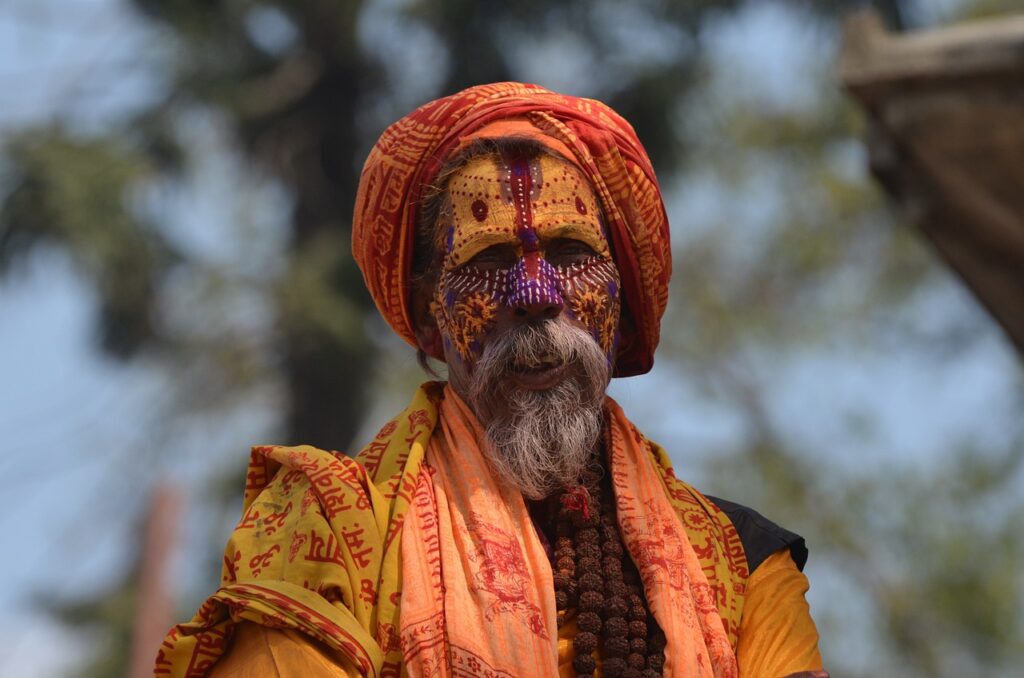Monger in Asia.Alright, let’s talk about one of the most fascinating experiences in Asia that’s both exhilarating and a little intimidating—being a monger. And no, we’re not talking about fishmongers exclusively (though, yes, fishmongers are definitely part of this!). The term “monger” can apply to anyone who buys or sells, whether it’s seafood, clothes, antiques, or just about anything you can imagine. In Asia, being a monger is almost an art form. It’s about navigating the chaotic energy of street markets, bargaining like a pro, and maybe even getting lost in a maze of stalls selling everything from knockoff sneakers to local delicacies.
So, whether you’re in bustling Bangkok, the neon-lit streets of Seoul, or a quiet market in Bali, being a monger in Asia is one wild ride. Let’s dive into it, shall we?
The Market Madness: Where Chaos Meets Charm
If you’ve ever wandered through a local market in Asia, you know it’s like stepping into a whole new world. And I’m not just talking about the visual overload—though, seriously, your senses will be on high alert! We’re talking vibrant colors, sounds of sizzling street food, and sellers shouting out their best deals. It’s madness, but it’s the kind of madness that feels alive, you know?
Monger in Asia
For anyone who loves people-watching, there’s no better place than an Asian market. You’ve got the elderly locals haggling over the price of vegetables, tourists wide-eyed and probably overpaying for something, and the savvy, seasoned travelers who look like they’ve got this bargaining game down to a science. Every corner of the market has its own personality, from the loud fish stalls (watch out for the occasional splash) to the quiet vendors selling handmade crafts.
Personally, I find the market chaos a bit addictive. There’s something about it that makes you feel like a part of this enormous, ever-pulsating organism. You might get pushed around a little, maybe even elbowed, but it’s all part of the experience. Plus, there’s that sweet, sweet moment when you score a deal. Oh, the satisfaction of walking away knowing you haggled the price down is chef’s kiss.
The Art of Bargaining: It’s More Than Just Money
Okay, let’s talk about one of the most crucial aspects of being a monger in Asia—bargaining. This isn’t just about saving a few bucks; it’s a whole interaction, a dance if you will, between buyer and seller. In fact, in many Asian markets, bargaining is expected. If you don’t negotiate, you’re probably paying way too much. Like, way too much. And let’s be real, no one wants to be that person.
Monger in Asia
Now, if you’re new to this whole bargaining thing, it can feel a little awkward at first. Trust me, I’ve been there. You’ll start off offering what you think is a low price, only for the seller to laugh in your face (it happens). But with time, you learn that bargaining isn’t just about slashing prices. It’s about reading the room—or, in this case, the market stall.
Here’s the trick: you want to be firm, but not rude. You’re building a rapport with the seller, and sometimes that means smiling, joking, and even walking away to see if they’ll chase after you with a better offer. Spoiler: they usually will.
And pro tip—learn a few words in the local language. I swear, nothing breaks the ice like a badly pronounced “hello” or “how much?” in the local tongue. It shows respect, and trust me, they’ll appreciate it. You might even get a better deal just because you made the effort.
Street Food Heaven: Come Hungry, Leave Happier
Now, we can’t talk about mongering in Asia without touching on street food. Oh man, where do I even begin? This is one of the biggest draws for anyone visiting or living in Asia. The variety, the flavors, the smells—it’s like a food lover’s dream, but in real life. And the best part? Street food is everywhere.
From the classic Pad Thai in Thailand to the crispy bánh mì in Vietnam, there’s something magical about eating a meal cooked right in front of you on the street. No fancy restaurants, no reservations—just you, a tiny plastic stool, and a plate full of goodness. And let’s be honest, half the joy of eating street food is that it costs next to nothing.
One of my personal favorites? Satay skewers in Malaysia. You grab a bunch of different meats—chicken, beef, lamb—and watch as they’re grilled to perfection right in front of you. The smell alone is enough to make you weak in the knees. Top it off with a side of peanut sauce, and you’re in heaven. Oh, and don’t even get me started on dumplings in China. If I had a dollar for every dumpling I’ve eaten there, well, I could probably buy more dumplings.
But here’s the thing: not all street food experiences are perfect. Sometimes you’ll get a dish that looks better than it tastes, or you’ll end up biting into something you thought was chicken but definitely wasn’t. It’s all part of the adventure, though. You win some, you lose some, but you always walk away with a story.
Navigating Night Markets: Shopping and Snacking Under the Stars,Monger in Asia
Speaking of street food, have you ever been to an Asian night market? If not, add it to your bucket list right now. These are markets that come alive as soon as the sun sets. The vibe is different from your usual daytime markets. There’s an electric feel in the air, with neon signs flickering and music blasting from nearby stalls.
Night markets aren’t just about food (though, let’s be real, the food is amazing). You can find anything from clothes, electronics, souvenirs, and sometimes the weirdest stuff you never knew you needed. Ever bought a glow-in-the-dark phone case? Well, now’s your chance.
What I love about night markets is that it feels like a festival. Everyone’s out, locals and tourists mingling, and the atmosphere is just fun. You can grab a bubble tea, walk around, and enjoy the buzz of the crowd. It’s like the whole city decided to throw a street party, and you’ve got a front-row seat.
The Unexpected Finds: Treasures You Never Knew You Wanted
One of the best parts of being a monger in Asia? The unexpected treasures. I’m not even talking about expensive stuff—sometimes, it’s the little things that make the biggest impression. Maybe it’s a hand-carved wooden figurine from a market stall in Bali or a quirky piece of jewelry from a back-alley shop in Bangkok.
There’s something deeply satisfying about finding a unique item you didn’t even know you were looking for. And when you bring it back home, it’s like you’ve got this little piece of your adventure with you. Every time I look at a scarf I bought in Hanoi, I’m reminded of the rain-soaked streets, the sound of motorbikes, and the delicious coffee I sipped right before I made the purchase. It’s not just a scarf; it’s a memory.
Final Thoughts: Embrace the Chaos
So, what’s the takeaway here? If you’re going to be a monger in Asia, whether it’s for food, clothes, or random trinkets, embrace the chaos. It’s not always smooth sailing. You’ll get lost, you’ll overpay for something, and you might even eat something questionable. But at the end of the day, it’s all part of the fun.



